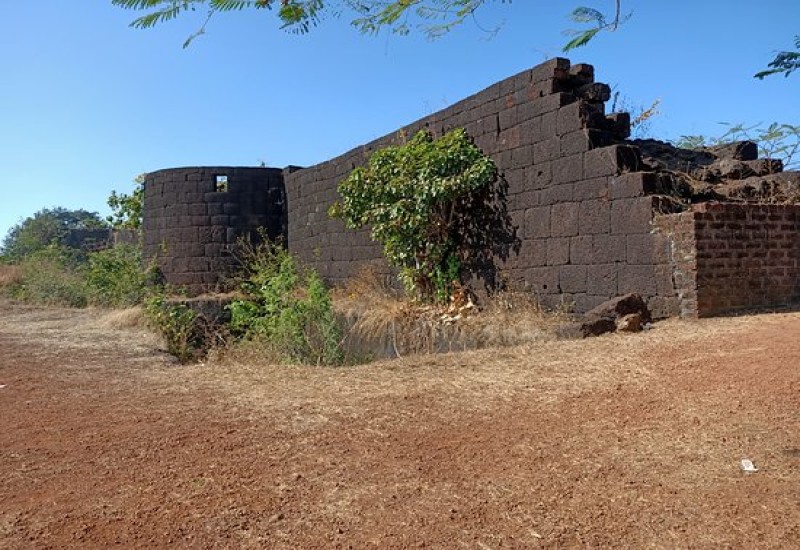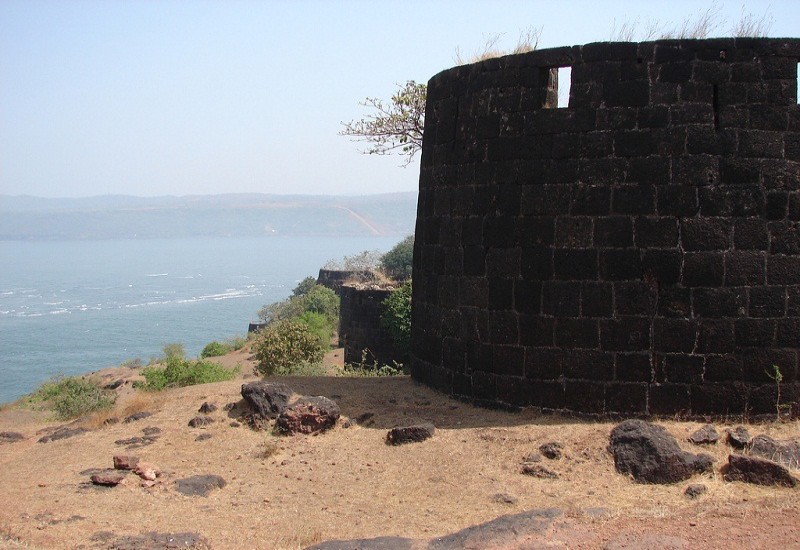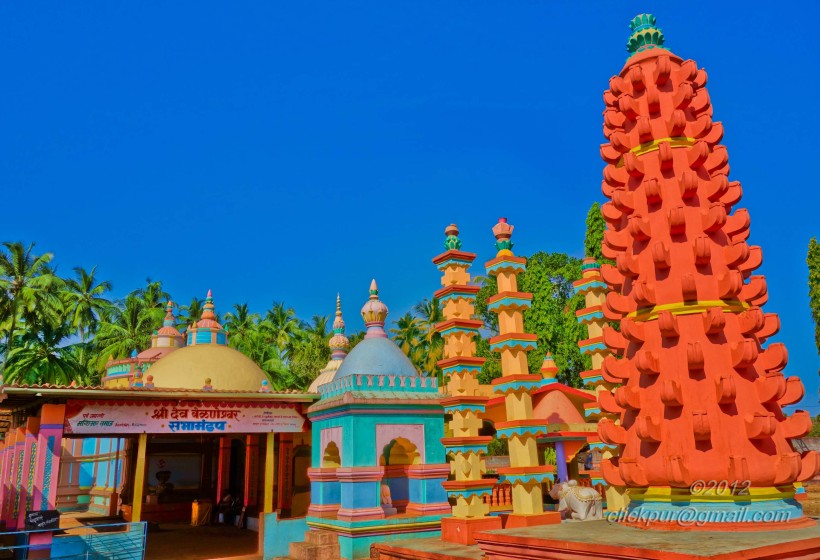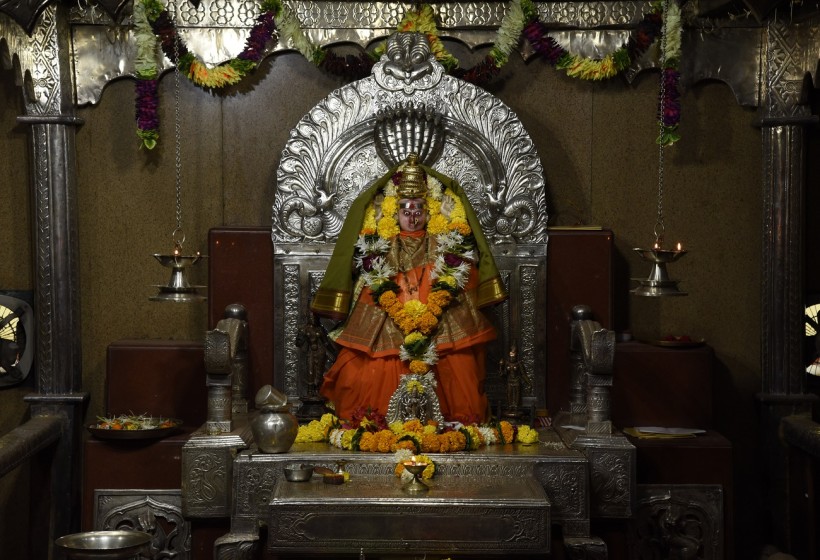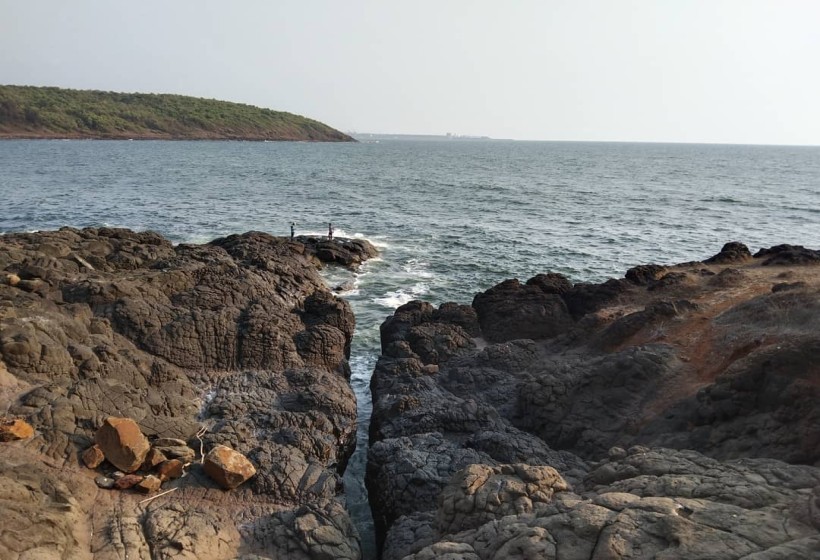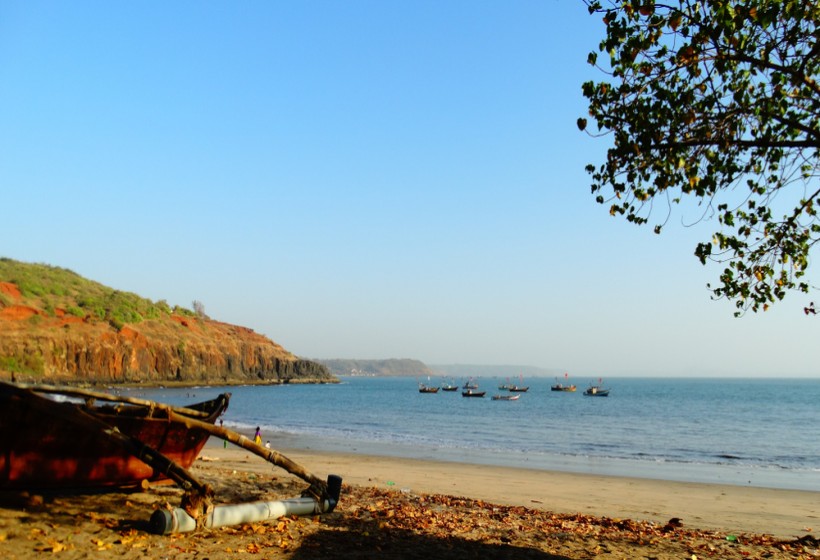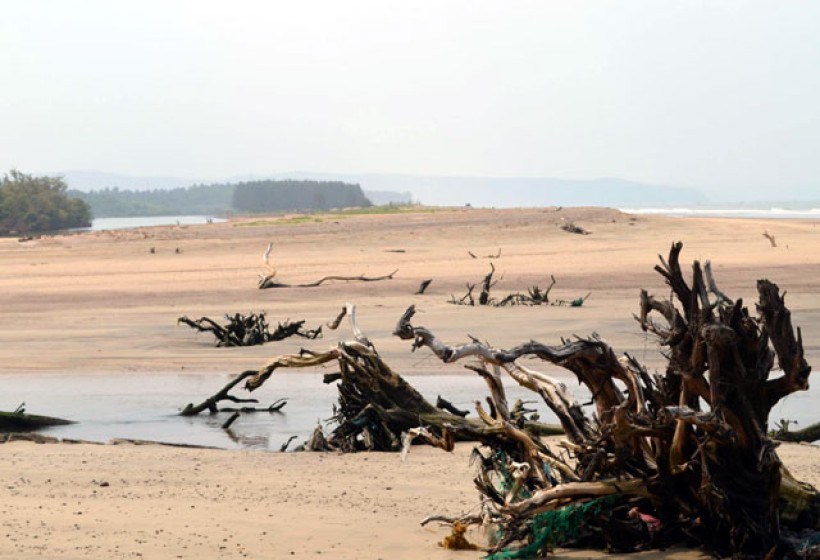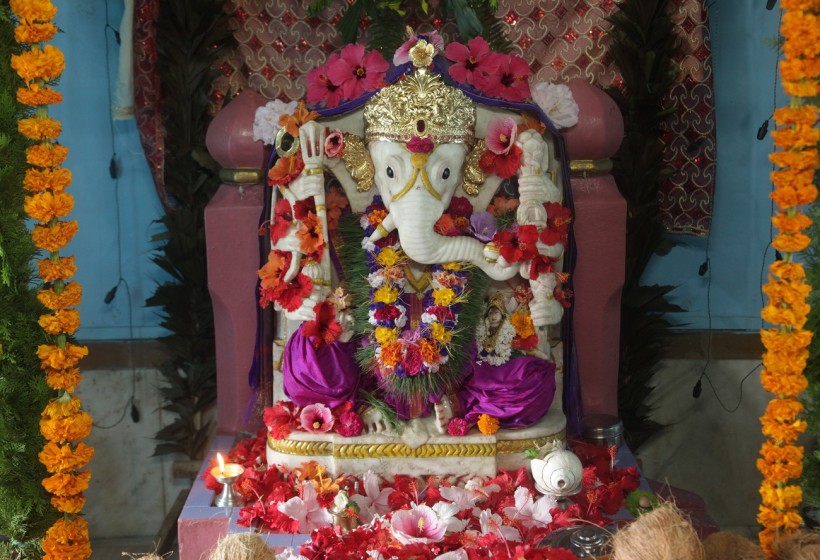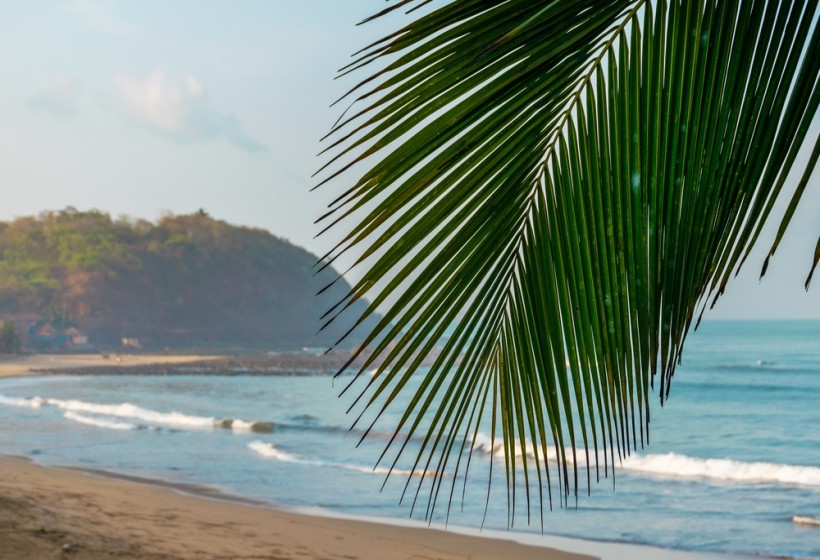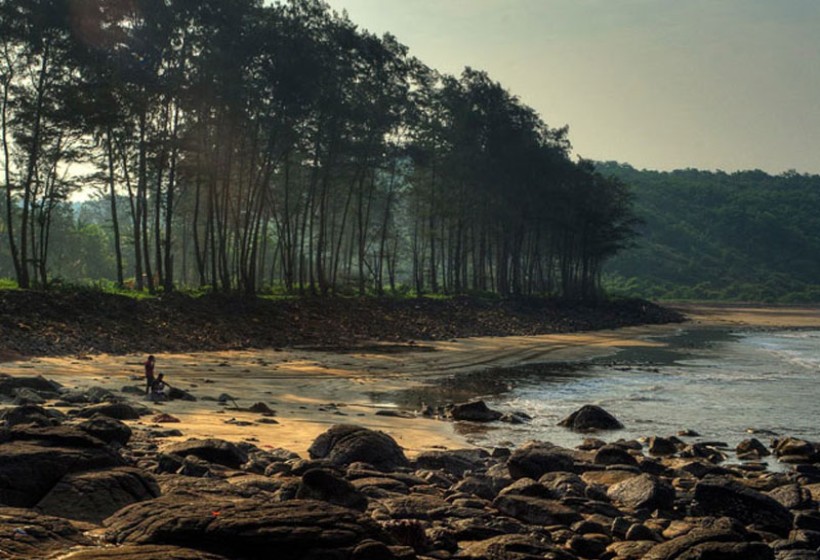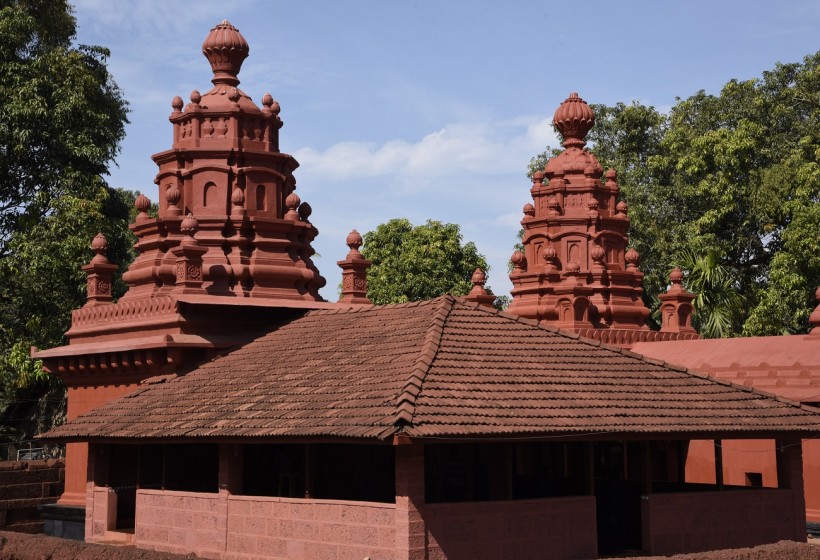
Gopalgad / Anjanvel Fort
This fort offers a deep blue sea on all sides and breezy air. Anjavel is a sea fort with two entrance doors. One door to the east while the other to the west. The scenic beauty is beyond comparison to any. Strategically built cabins at the entrance of the fort are symbols of expertise in warfare. There is a Mango grove (Amrai) in the fort. A dilapidated structure of the palace can be seen with scattered remnants. Walls are present without the roof. An arch above the room is an architectural wonder with special craftsmanship and skill.
Advertise with us banner image here
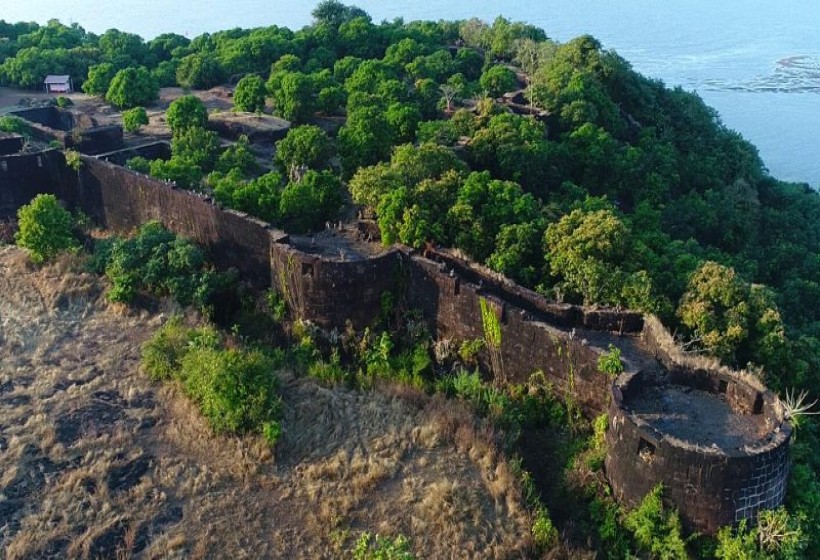
- Nearest Bus Depot
- Nearest Railway Station
- Nearest Airport
- City Approach
About Gopalgad / Anjanvel Fort
Gopalgad was built at the mouth of Dabhol (ancient name Dalbheshwar) creek to keep a check on the trade route on the river Vashishti, which runs till Chiplun. This was also known as the fort of Anjanvel which was a significant port during Maratha regime. Most of the fort walls are still in a standing condition.Boulders can be seen adjacent to the exterior of the fort walls.The main fort has been extended by different rulers during different times.
Chatrapati Shivaji Maharaj won the fort of Anjanvel from Adilshah in 1660 during the Dabhol campaign. There is no information as who built this fort. A dock was built here and the fort was named Gopalgad. In 1699, Siddi Khairatkhan captured the fort and it remained with the Siddis for next 46 years. The Siddis strengthened the fort. Tulaji Angre captured the fort in 1745; in 1756, it was captured by Ramji Mahadev Bivalkar for the Peshwas. After the third battle of Panipat, the person who faked as Sadashivrao Bhau stayed here for 6 months. The fort was with Marathas till 1818 when the British colonel Kennedy captured it.
Map
Traveler's Testimonials


